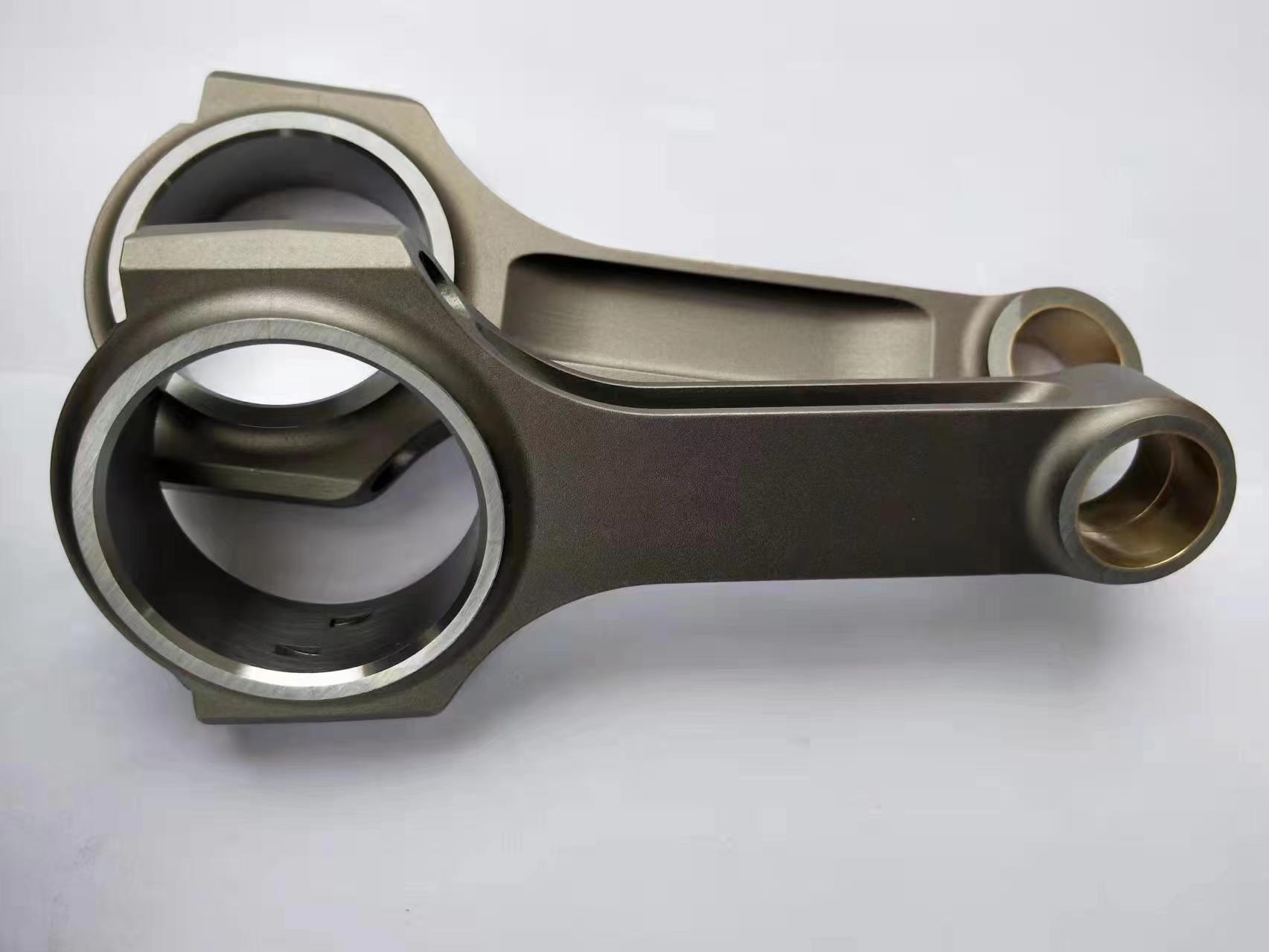Variable compression connecting rod technology has emerged as a game-changing innovation in the automotive industry. This advanced concept allows engines to adapt their compression ratios on-the-fly, providing an unprecedented level of efficiency, power, and reduced emissions.
The primary objective of the variable compression connecting rod is to optimize the engine’s performance under varying load conditions. By adjusting the compression ratio, the engine can achieve better fuel economy during low-load operation and improved power output during high-load situations.
The mechanism behind variable compression connecting rods involves a unique design that alters the connecting rod’s length, which in turn changes the piston’s position within the cylinder. This adjustment effectively changes the compression ratio, allowing the engine to operate more efficiently depending on the specific driving conditions.
One of the most significant advantages of variable compression connecting rod technology is the potential for improved fuel efficiency. Engines equipped with these advanced connecting rods can adapt their compression ratios to maximize fuel economy under varying driving conditions, reducing overall fuel consumption and emissions.
Another notable benefit of variable compression connecting rods is their ability to enhance engine performance. By adjusting the compression ratio to suit the engine’s operating conditions, these advanced connecting rods can deliver improved torque and power output, resulting in a more responsive and enjoyable driving experience.
Implementing variable compression connecting rod technology is not without challenges, however. The complex design and moving components require precise engineering and manufacturing processes, which can contribute to higher production costs. Despite these challenges, the potential benefits offered by this cutting-edge technology make it an attractive option for automakers seeking to improve engine performance and efficiency.
In recent years, several automotive manufacturers have begun to explore and develop variable compression connecting rod technology, and some have even introduced it in production vehicles. As this technology continues to evolve, it is expected to become more prevalent in the automotive industry, potentially revolutionizing the way engines are designed and constructed.
In summary, variable compression connecting rod technology holds the potential to transform engine performance and efficiency across the automotive industry. By allowing engines to adapt their compression ratios on-the-fly, this innovative concept can deliver significant improvements in fuel economy, power output, and overall driving experience.